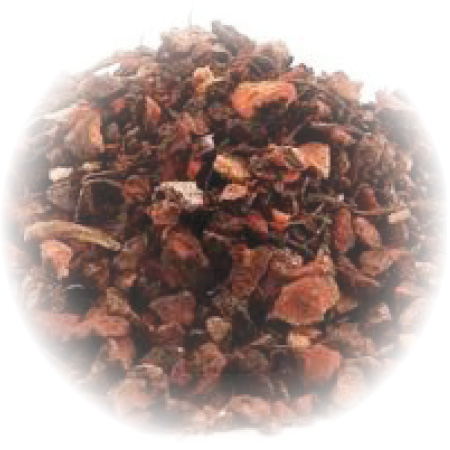Bloodroot, Cut & Sifted (Sanguinaria canadensis) – Dried Herb
$77.43 – $774.30
The name Sanguinaria is derived from the Latin word sanguis, which means “blood” and refers to the plant’s orange-red juice. The species name canadensis refers to its Canadian origin. The root of the Sanguinaria is officinal in North America. The North American indigenous people used the root as a medication against numerous complaints. They used the juice of the plant to paint their skin, as an insect repellent, to dye objects and in addition to being used medicinally to treat sore throats and various skin conditions. The red dye has also been used as a love charm by various Indigenous tribes.
American and French dye-works also used the plant successfully. At the beginning of the 19th century the root made its way into European trade. It was prescribed in powder or tincture form in small dosages as a sweat-producing agent and as an expectorant in chronic bronchitis.
Properties:
The energetics of Bloodroot is drying and cooling in small amounts and stimulating and warming in large amounts. The taste of Bloodroot is astringent, bitter and acrid. This plant has an affinity towards the respiratory system, circulatory system and digestive system.
How to use:
Consult with a health practitioner for the dosage of Bloodroot.
Cautions & contraindications:
Bloodroot may be safe when taken as a short-term dietary supplement, although some people may experience stomach upset. The topical use of Bloodroot may cause skin irritation, including redness, itching and swelling. It is not intended for long-term use. The compound sanguinarine is a potent toxin known to cause serious harm if used in excess. Do not use this herb unless under the guidance of a trained healthcare practitioner.
This information is for educational purposes only and is not intended to diagnose, treat or cure any disease or illness. Please consult your healthcare provider before the use of this product if you are pregnant, nursing, taking medications or have a medical condition. Individual results may vary.




Reviews
There are no reviews yet.